Program Path: Healthcare
If you’re a registered nurse with an associate degree, congratulations. RN programs are tough, squeezing in a lot of learning in just two years. But have you ever wondered where […]
Program Path: Healthcare
Self-reflection is a tool for success. Assessing your strengths and weaknesses can be the first step toward achieving your life goals. If you’re not happy with your accomplishments and want […]


Program Path: Healthcare
Nursing is a well-established profession. But like any field, it has its challenges. The landscape of healthcare changes continually, and nurses must adapt. It’s not always easy, but the rewards […]
Call Us Today or Complete The Form at the Top of The Page to Take the Next Step Toward Your New Career!

Gwinnett
Colleges & Institute
Gwinnett Colleges and Institute cannot guarantee employment or a minimum starting salary upon graduation; however, placement assistance is available upon successfully completing the selected program.
For state authorization and accreditation information, please refer to the location page associated with the campus you are interested in.
Disclosures and Catalogs
For Consumer Information, Disclosures, and Course Catalogs, please click the above link.
Sources and related content